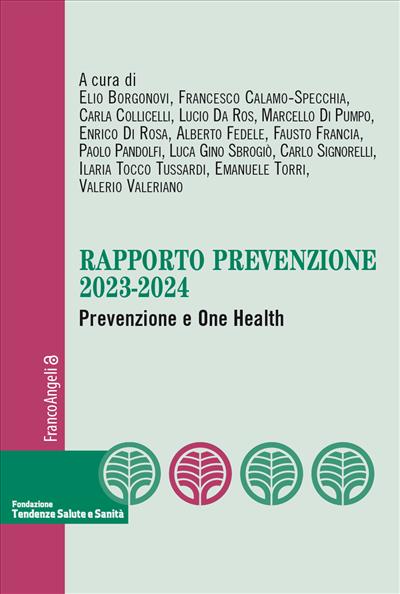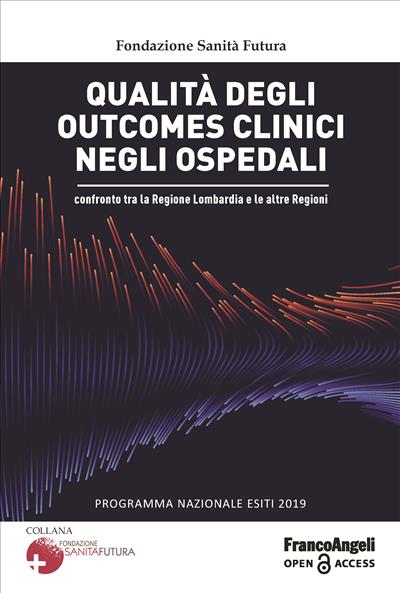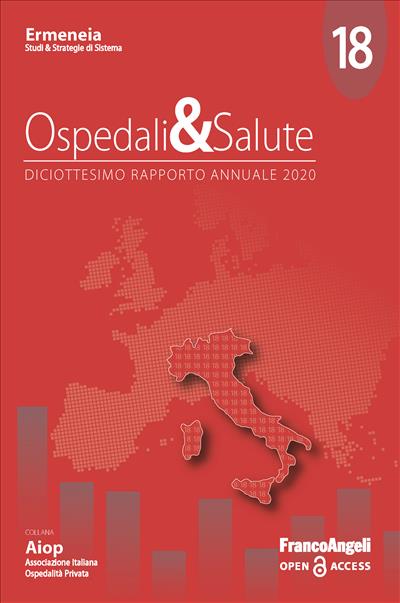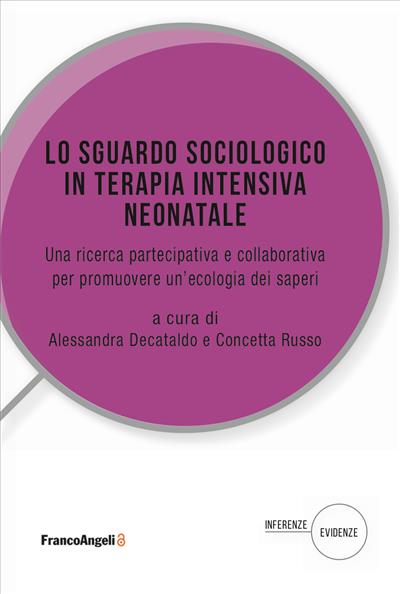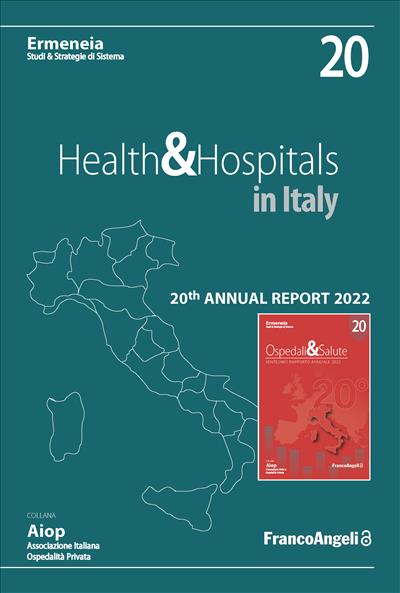
Health&Hospitals in Italy
20th Annual report 2022
The «Health & Hospitals» Report offers annual monitoring and assessment of the effectiveness and efficiency of the Italian hospital system, recognizable by its mixed nature, comprising a public component and a private component. The Report has accompanied the National Health Service over the past 20 years of its 44-year lifespan, offering an updated, reasoned analysis based on objective data, ensuring the «third-party nature» of the evaluation, thanks to its being entrusted to an external, autonomous and independent entity, and adopting a dual-assessment perspective that takes into account both the point of view of demand (i.e. users and their healthcare needs) and the point of view of supply (i.e. the healthcare «machine» and its evolution over time)
Open Access
0,00
Open Access
0,00
Pagine: 254
ISBN: 9788835154457
Edizione:1a edizione 2023
Codice editore: 10035.16
Informazioni sugli open access
